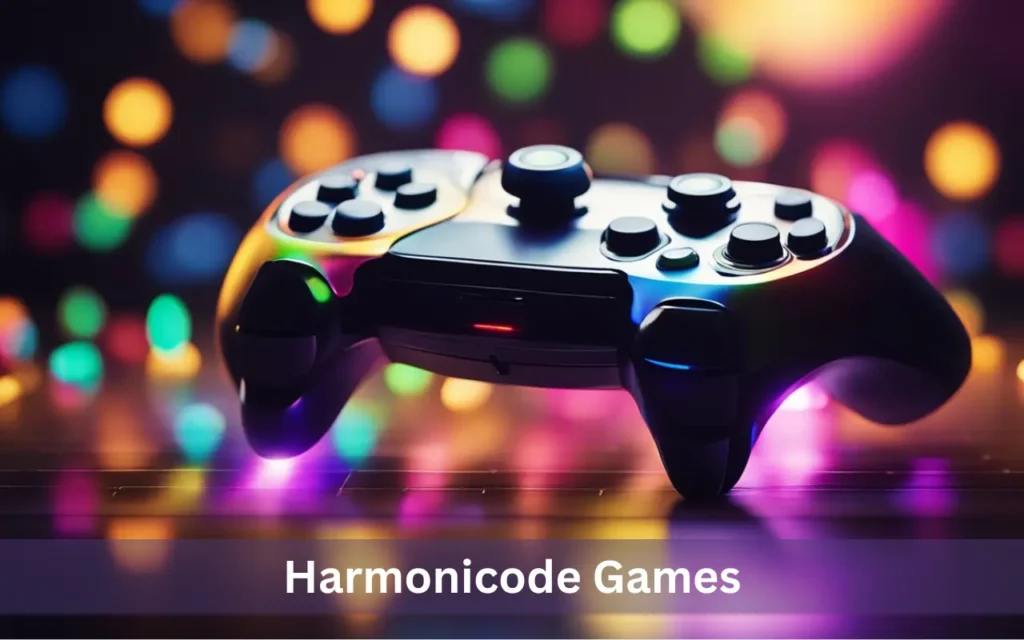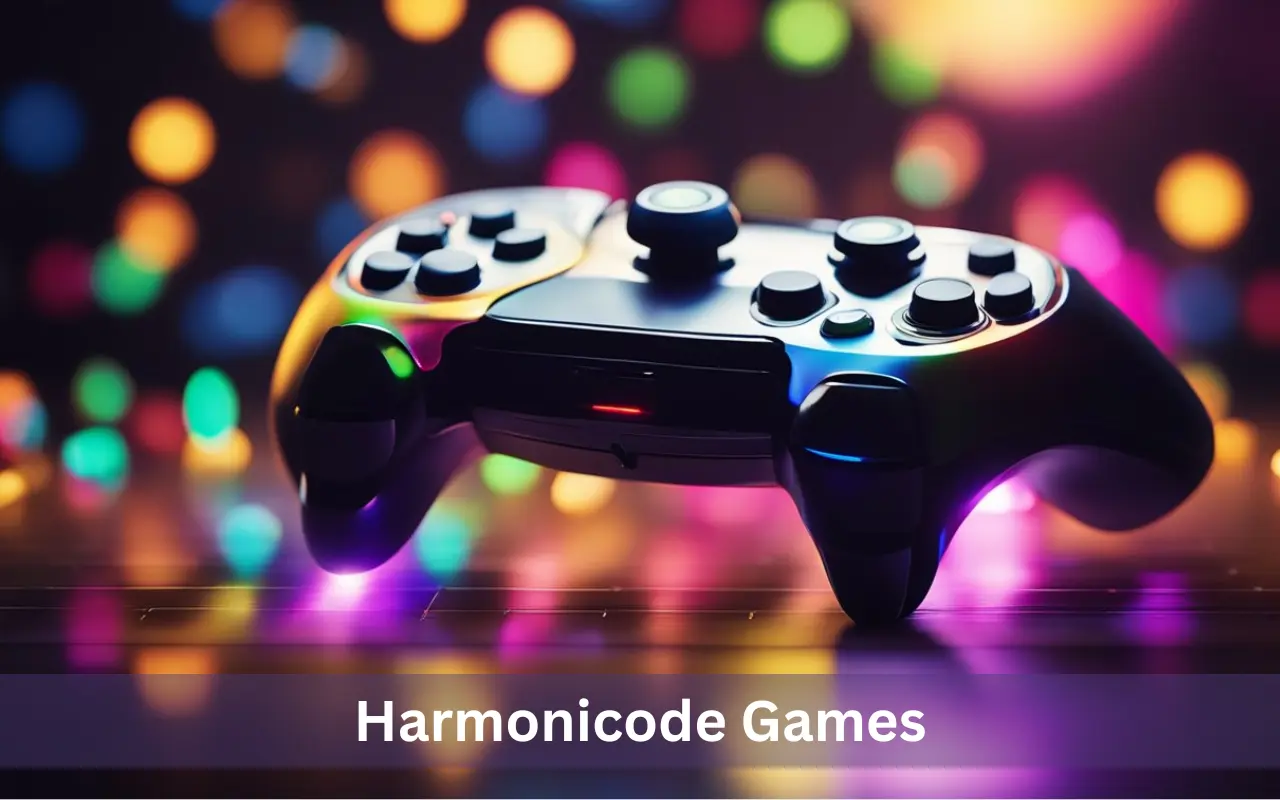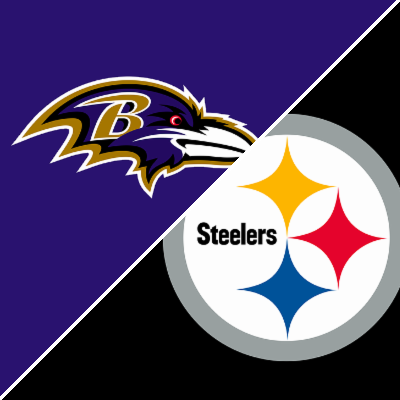Introduction to Sports Harmony Code
Sports have always been more than just physical competition—they are a blend of strategy, teamwork, and mental resilience. The Sports Harmony Code is a philosophy that emphasizes the perfect balance between individual excellence and collective success. Whether you’re an athlete, coach, or sports enthusiast, understanding this code can transform the way you approach the game.
The concept revolves around creating synergy—where players complement each other’s strengths, coaches devise adaptable strategies, and teams operate as a single cohesive unit. Unlike traditional methods that focus solely on winning, the Sports Harmony Code integrates discipline, adaptability, and emotional intelligence to foster long-term success.
The Core Principles of Sports Harmony Code
1. Teamwork Over Individual Stardom
One of the foundational elements of the Sports Harmony Code is prioritizing teamwork over individual glory. While star players often grab headlines, true success in sports comes from seamless collaboration. Teams like FC Barcelona under Pep Guardiola and the New Zealand All Blacks rugby team have demonstrated how collective effort leads to dominance.
A team that communicates effectively, trusts each other’s abilities, and works toward a common goal will always outperform a group of talented individuals with no cohesion. Coaches play a crucial role here by fostering an environment where every player feels valued and motivated to contribute.

2. Mental Resilience and Emotional Balance
Sports are as much a mental game as they are physical. The Sports Harmony Code emphasizes emotional control, focus, and adaptability under pressure. Athletes like Serena Williams and Michael Jordan thrived not just because of their skills but due to their unshakable mental strength. The Science of Teamwork in Sports (Harvard Review)
Techniques such as visualization, mindfulness, and stress management are integral to this principle. Teams that train their minds alongside their bodies recover faster from setbacks and maintain consistency in performance.
Implementing the Sports Harmony Code in Training
1. Adaptive Coaching Strategies
Coaches who follow the Sports Harmony Code don’t rely on rigid systems. Instead, they adapt their strategies based on the team’s strengths, opponents’ weaknesses, and real-time game dynamics. Flexibility is key—whether it’s changing formations in soccer or adjusting defensive plays in basketball.
Modern coaching also involves data analytics to track player performance, fatigue levels, and tactical efficiency. Tools like GPS trackers, heart rate monitors, and video analysis help in making informed decisions that align with the harmony code.
2. Player Development and Role Clarity
Every athlete has a unique role within the team. The Sports Harmony Code ensures that players understand their responsibilities while also being versatile enough to adapt when needed. For example, in football, a midfielder might need to drop back defensively or push forward in attack based on the game’s flow.
Youth academies like La Masia (Barcelona) and Ajax’s youth system focus on holistic player development—technical skills, tactical awareness, and psychological preparedness—all of which align with the harmony philosophy.
The Role of Technology in Sports Harmony
1. Wearable Tech and Performance Tracking
From smart jerseys to recovery sensors, technology plays a massive role in maintaining sports harmony. Devices like WHOOP bands and Catapult GPS provide real-time data on player exertion, sleep quality, and injury risks, allowing teams to optimize performance.
2. Virtual Reality (VR) and Cognitive Training
Teams are now using VR simulations to train players in decision-making under pressure. Quarterbacks in the NFL, for instance, use VR to practice reading defenses without physical strain. This aligns perfectly with the Sports Harmony Code by reducing injuries while enhancing mental sharpness.
FAQs on Sports Harmony Code
1. What is the main goal of the Sports Harmony Code?
The primary goal is to create a balanced, unified approach where individual talent and team strategy work together seamlessly for consistent success.
2. Can amateur athletes benefit from this philosophy?
Absolutely! Whether you’re playing in a local league or a professional circuit, the principles of teamwork, mental resilience, and adaptability apply at all levels.
3. How does technology support the Sports Harmony Code?
Tech tools like wearables, VR, and data analytics help in monitoring performance, reducing injuries, and improving decision-making—key aspects of the harmony code.
4. Which famous teams use the Sports Harmony Code?
Teams like Golden State Warriors (NBA), Liverpool FC (EPL), and the All Blacks (Rugby) incorporate elements of this philosophy in their training and gameplay.
Conclusion: The Future of Sports Lies in Harmony
The Sports Harmony Code is not just a strategy—it’s a mindset. By blending teamwork, mental toughness, adaptive coaching, and cutting-edge technology, athletes and teams can achieve sustainable success. As sports continue to evolve, those who embrace this code will lead the next generation of champions.


